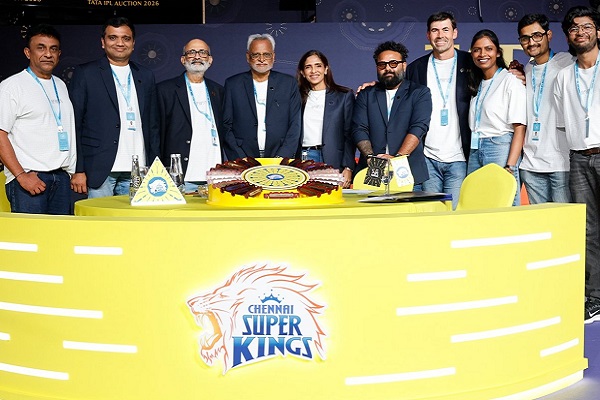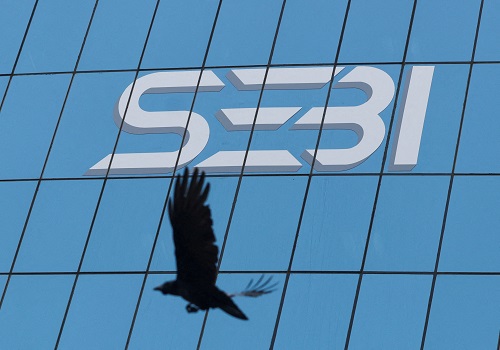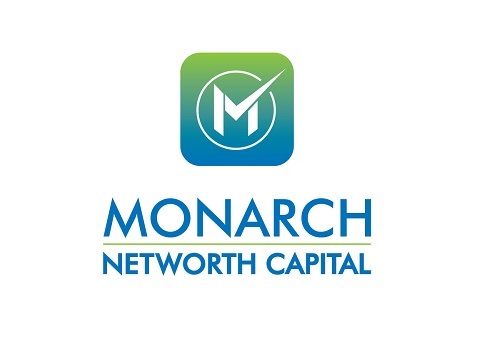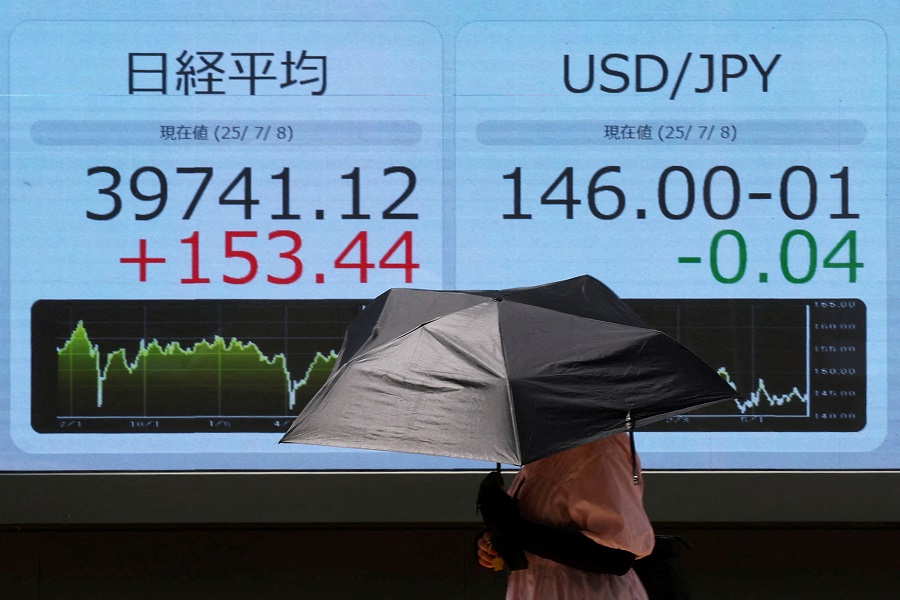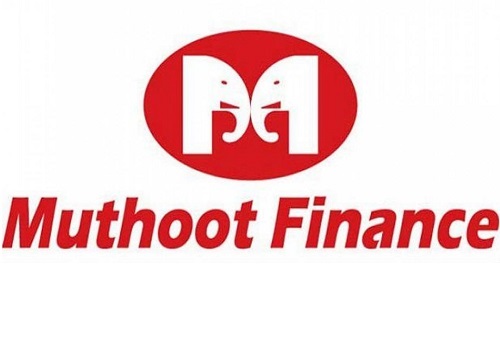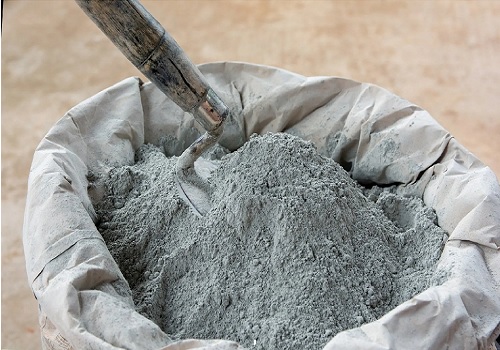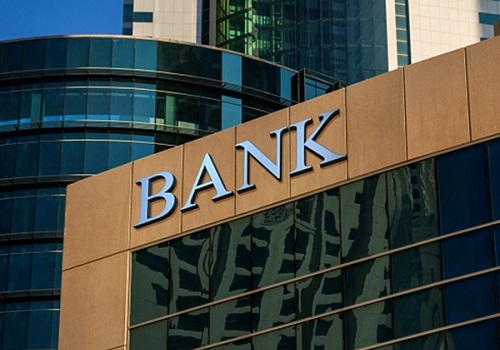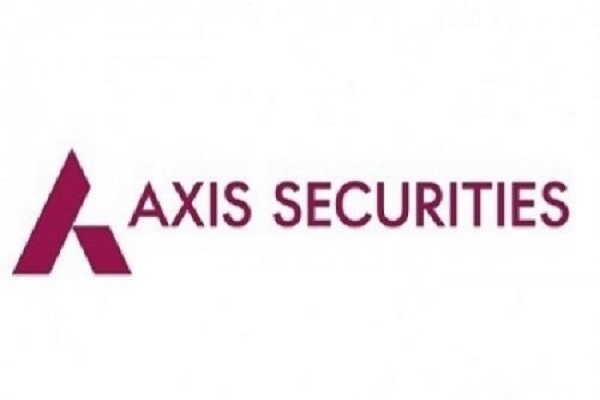Financials Sector Update : PSBs: Sustained profitability to drive stock performance - Motilal Oswal Financial Services Ltd
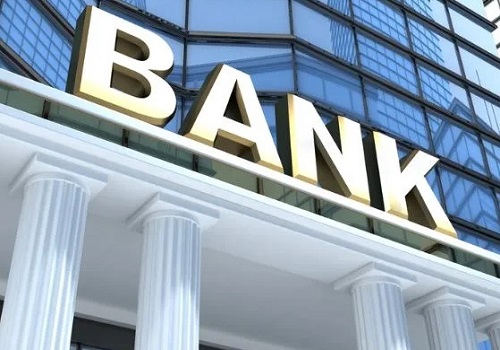
Re-rating has been sharp but valuations still reasonable; Maintain OW
* We resumed coverage on all six PSU Banks in early 2021, and followed this up with upgrading BOB at INR81 in Aug-21, after being NEUTRAL for four years. We have since published two PSU bank sector notes; 1. PSBs: The Homecoming of RoA in Jan-23 and followed this with a second report titled 2. PSBs: Well poised for Re-rating 2.0 in Dec’23.
* While PSU Banks have delivered a significant outperformance over the past three years and the sector has seen a significant re-rating, the stock valuations still look reasonable in context to business growth and profitability (~18-19% RoE over FY24- 26E).
* The combined profitability of six PSBs under our coverage will surpass ~INR1t in FY24E. We estimate aggregate earnings of our PSB coverage to register a CAGR of 21% over FY24-26E (boosted by PNB & SBI), thereby reaching INR1.7t by FY26E.
* We believe that while NIMs may remain range-bound with a slight downward bias, the improvement in opex ratios, scope for further credit cost reduction (barring SBI), and a healthy treasury performance will enable the sector RoA to reach ~1.2% by FY26E.
* Considering PSBs’ valuation history, their trading multiples may look constrained now; however, the quality of earnings, growth outlook, and broader re-rating in Public Sector enterprises will enable steady performance for the sector.
* Several PSBs have raised capital from the market, which should aid business growth, particularly as the capex cycle revives post general elections. We believe that sustained and consistent performance on return ratios and a conducive macroenvironment can drive further re-rating of the sector.
* We maintain our OW stance on the sector and roll forward our PTs to FY26. Top picks: SBIN & UNBK
PSBs’ market cap has grown at an accelerated pace
The market cap of PSBs has grown at a robust pace in recent years, up ~5x since FY20 at ~INR17t. Recent capital raises and prior recapitalization support by the government have strengthened PSBs’ capital adequacy ratios, enabling them to deliver healthy loan growth and cleanse their balance sheets. The aggregate market cap of PSBs has increased from ~INR5.3t in Mar’21 to ~INR17t in Feb’24. Meanwhile, the market cap of private banks over the similar period has grown just 43% to ~INR30.4t in Feb’24 (despite HDFC-HDFC Bank merger).
PSBs’ [FY23 + FY24 PAT] >> Sum of PAT of previous decade
PSBs have seen a remarkable turnaround, from record losses to record profits, as their aggregate earnings crossed the ~INR1t mark in FY24. The strong earnings recovery is attributed to steady credit growth, significant improvements in asset quality, and stable to positive margins. We note that PSBs reported higher earnings in FY23-FY24 than in the past one decade. PSBs’ earnings contribution to total banking sector earnings has increased to FY15 levels, even as their loan market share has declined by ~20% since then. We estimate the profitability of the top six PSBs under our coverage to improve to INR1.74t by FY26, nearly doubling over FY23 levels. We estimate that the aggregate earnings share of PSBs in total banking sector earnings will remain resilient at ~48% over FY25-26.
Market share erosion to private banks narrows sharply
PSBs’ market share (both in deposits and advances) has declined consistently over the past years. However, the pace of market share erosion in loans to the private sector has moderated significantly over the recent years. We note that in the past three years, PSBs lost market share of ~300bp in loans vs. 600-800bp average loss in the preceding three-year blocks. Recent fund raises and notable enhancements in the balance sheet strength have contributed to healthy loan growth in recent years. In FY23, PSBs clocked a loan growth rate of ~17%, which is comparable to the 18% growth rate achieved by private banks during the same period. Given a low creditdeposit (CD) ratio and ample balance sheet liquidity, we expect PSBs’ credit growth to remain healthy over FY24-26E.
PSBs NNPA ratio to be broadly similar to private banks by FY24 end
PSBs have delivered a notable reduction in gross NPAs, from the peak of 14.6% in Mar’18 to 3.7% in FY24E. Their PCR is estimated to improve to 78% in FY24E from 48% in FY18. With asset quality stress largely behind, we expect asset quality ratios to improve further, with the NNPA ratio becoming broadly comparable to private banks by FY24 end. This will keep credit costs under control and support overall profitability. We note that while the NNPA ratio for PSBs and private banks will become comparable, PSBs still have a higher GNPA ratio and a much bigger Total Written-off (TWO) pool, which will enable them to benefit from continued recoveries and report healthy earnings. Controlled SMA book and healthy upgrades will enable continued improvement in asset quality and drive a further reduction in credit costs for several PSBs.
Liquidity situation comfortable; benign CD ratio to aid growth
PSBs maintain a controlled CD ratio, which indicates ample liquidity amid systemic pressures, even as private banks are grappling with a historically high CD ratio. SBIN, the largest PSB, has a domestic CD ratio of ~66%, while PNB is also well positioned with a CD ratio of 69%. Barring BOB, all other PSBs in our coverage have fairly comfortable CD ratios. A high CD ratio may constrain loan growth for select private banks, while PSBs will likely remain insulated. We thus expect the credit growth differential between private banks and PSBs to narrow over FY24-25, as high regulatory oversight on the CD ratio may compel some banks to moderate loan growth. PSBs’ LCR ratio also remains well above the regulatory requirement of 100% (125%-150%), providing them with adequate cushion to deliver sustainable growth.
ABV growth for PSBs has accelerated in past three years; estimate 18% CAGR in ABV over FY24-26
PSBs have demonstrated a remarkable outperformance in recent years, driven by a strong earnings turnaround, robust balance sheets, and attractive valuations. Notably, since Mar’22, the Nifty PSU Bank index has surged 162% compared to 24% returns for the Nifty Private Bank index. We note that PSBs have delivered robust ABV growth of 20% over FY21-24, surpassing the average ABV growth of 15-16% by private banks during the same period. The ongoing asset quality improvement, enabling further moderation in credit costs (barring SBIN) should help PSBs sustain a higher ABV growth rate compared to private banks. We, thus, estimate average ABV growth for PSBs over FY24-26 to sustain at 18% vs. 16% for private banks.
Earnings on a roll – Revisiting Bull, Bear case scenarios
PSBs have witnessed a remarkable resurgence in recent years, marked by a strong earnings turnaround, robust balance sheets, and attractive valuations. Profitability for PSBs crossed the ~INR1t mark in FY24, attributed to significant improvements in asset quality, healthy credit growth, and steady margins. Asset quality of PSBs has seen notable improvements, with the NNPA ratio set to become broadly comparable to that of private banks by FY24 end. PSBs are well positioned to sustain 1% RoA, which was previously seen as an aspirational target. We have attempted a scenario analysis for earnings of our six PSB stocks in both Bull and Bear cases. In our Bull case, FY25E/FY26E PAT will grow by up to 15%/18% for BOB, 17%/17% for CBK, 21%/20% for Indian Bank (INBK), 29%/19% for Punjab National Bank (PNB), 13%/12% for SBIN, and 17%/16% for Union Bank of India (UNBK), and their ABV will see upside of 3%-4%. Please refer to page 23 for details.
Valuation and view
PSBs have made a sharp comeback in recent years, with the Nifty PSU Bank Index alone delivering 162% returns since Mar’22, overshadowing the 24% returns of the Nifty Private Bank index over the same period. We estimate the top six PSBs under our coverage to report a PAT of INR1.5t/INR1.7tn in FY25/FY26, while the sector’s RoA/RoE are expected to improve to 1.2%/17.9% by FY26E.
* We believe that while the PSU rally has been sharp and the sector has seen significant re-rating, the stock valuations still look reasonable in context to business growth and profitability (~18-19% RoE over FY24-26E).
* Considering PSBs’ valuation history, their trading multiples may look constrained now; however, the quality of earnings, growth outlook, and broader re-rating in Public Sector enterprises will enable steady performance for the sector.
* PSU Banks are well positioned to pursue healthy growth (given ample balance sheet liquidity) and maintain resilient margins as they benefit from residual MCLR repricing. The decline in bond-yields, along with continued improvement in credit cost (barring SBI), will support healthy profitability.
* Several PSBs have raised capital from the market and are thus well poised to benefit from any revival in corporate demand, particularly as the capex cycle recovers after the general elections. We estimate ABV for our coverage PSBs to register a healthy CAGR of ~18% over FY24-26.
* We believe that sustained and consistent performance on return ratios and a conducive macro-environment can drive further re-rating of the sector. We maintain our OW stance and roll forward our PTs to FY26. Top picks: SBIN & UNBK.
For More Motilal Oswal Securities Ltd Disclaimer http://www.motilaloswal.com/MOSLdisclaimer/disclaimer.html SEBI Registration number is INH000000412





